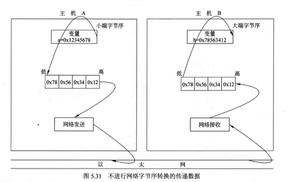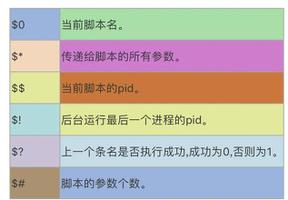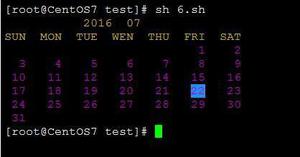两个数字的交替位以在C ++中创建一个新数字
在这个问题中,我们需要使用两个数字的交替位来生成一个数字。因此,在此问题中,我们将使用第二个数字中的第一个位,然后使用第一个中的第二个位,再次使用第二个数中的第三个位,再使用第一个中的第一个,依此类推。
从第一个开始,从第二个数字开始,再从第三个位开始,从第一个开始,依此类推。
让我们举个例子来更好地理解这个话题,
Input : n = 6 m = 10Output : 2
Explanation :
Bits representation of 6 = 0110
Bit representation of 10 = 1010
0 1 1 0
^ ^
1 0 1 0
^ ^
= 0 0 1 0 = 2
现在,通过这个示例,很明显,我们需要做些什么来解决代码。基本上,解决方案是从第二个数字的LSB开始的数字中获取备用位。
为了解决这个问题,一种可行的方法是找到第一个数字n的设置偶数位,然后找到第二个数字m的设置奇数位并返回两者的按位或。
算法
Step 1 : For n find the value of set even bits.Step 2 : For m find the value of set odd bits.
Step 3 : Calculate the result = set even bits of n | set odd bits of m.
Step 4: Print the value of result.
示例
#include <iostream>using namespace std;
int setevenbits(int n) ;
int setoddbits(int m) ;
int main(){
int n = 12;
int m = 17;
int setn = setevenbits(n);
int setm = setoddbits(m);
int result = ( setn | setm );
cout<<result;
return 0;
}
int setevenbits(int n){
int temp = n;
int count = 0;
int res = 0;
for (temp = n; temp > 0; temp >>= 1) {
if (count % 2 == 1)
res |= (1 << count);
count++;
}
return (n & res);
}
int setoddbits(int m){
int count = 0;
int res = 0;
for (int temp = m; temp > 0; temp >>= 1) {
if (count % 2 == 0)
res |= (1 << count);
count++;
}
return (m & res);
}
输出结果
25
以上是 两个数字的交替位以在C ++中创建一个新数字 的全部内容, 来源链接: utcz.com/z/316250.html






